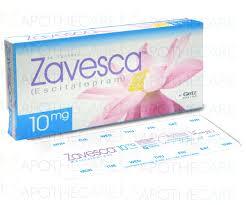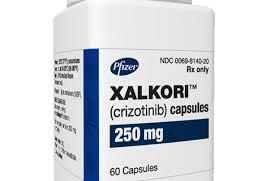Wormwood

Wormwood is a distinguished perennial herb, originally hailing from Europe, North Africa, and select regions of Asia, now flourishing across the globe. Renowned for its distinctive bitter flavor, it has been cherished for centuries in traditional medicine, culinary arts, and as a key ingredient in sophisticated beverages such as absinthe and vermouth.

Wormwood (Artemisia absinthium): An Exquisite Overview
Common Names: Wormwood, Absinthe, Green Ginger, Grand Wormwood
Scientific Name: Artemisia absinthium
Family: Asteraceae (Daisy family)
Key Components
The remarkable therapeutic and pharmacological attributes of wormwood are derived from its potent active compounds:
Thujone: A volatile substance known for its neurotoxic effects in excessive amounts, yet it enhances its stimulating and antimicrobial qualities.
Absinthe: A rich amalgamation of essential oils that may offer medicinal benefits.
Flavonoids: Antioxidants that potentially provide anti-inflammatory properties.
Tannins: Compounds recognized for their astringent characteristics.
Sesquiterpene lactones: Bitter agents known for their antiparasitic and digestive advantages.
Uses
Traditional Medicine
Wormwood has been traditionally employed for:
Digestive Health: It invigorates appetite and aids digestion by enhancing bile production.
Parasite Control: Historically utilized to eliminate intestinal worms, lending to its name “wormwood.”
Pain Relief: Applied externally to alleviate muscle discomfort and inflammation.
Fever and Infections: Valued for its antipyretic and antimicrobial properties.
Culinary Uses
Wormwood is integral to the crafting of absinthe, the illustrious alcoholic elixir, as well as vermouth and various bitters.
Modern Applications
Malaria Treatment: Certain species of Artemisia (e.g., Artemisia annua) are harnessed to extract artemisinin, a vital antimalarial agent.
Irritable Bowel Syndrome (IBS): It may help ease symptoms such as bloating and abdominal discomfort.
Appetite Stimulant: Employed to combat anorexia and loss of appetite.
Antioxidant and Anti-inflammatory: Shields cells from oxidative damage and mitigates inflammation.
Forms and Dosages
Wormwood is offered in an array of forms, including:
Dried Herb: Ideal for teas or infusions.
Tinctures and Extracts: Alcohol-based solutions for concentrated benefits.
Side Effects
Although wormwood is celebrated for its medicinal virtues, excessive or prolonged consumption may result in adverse effects, primarily attributed to thujone, which can be toxic in elevated amounts.
Common Side Effects:
– Nausea
– Vomiting
– Dizziness
– Headache
– Abdominal cramps
Serious Side Effects (high doses or prolonged use):
– Seizures: Resulting from the neurotoxic properties of thujone.
– Kidney or Liver Damage: Extended use of the essential oil may jeopardize organ health.
– Mental Disturbances: Elevated doses may induce anxiety, hallucinations, or insomnia.
Contraindications
– Pregnancy and Breastfeeding: Can provoke uterine contractions and is deemed unsafe.
– Epilepsy or Seizure Disorders: May heighten the likelihood of seizures.
– Allergies: Should be avoided by those allergic to Asteraceae family plants (e.g., ragweed, marigolds).
– Liver or Kidney Disease: May worsen organ impairment.
Interactions
– Medications for Seizures: Wormwood may diminish their efficacy.
– Alcohol: Can heighten the risk of adverse effects and thujone toxicity.
– Sedatives: May intensify sedative effects, resulting in excessive drowsiness.
Advantages
– A natural remedy with both historical and contemporary medicinal uses.
– Available in various forms for consumption or topical application.
– Offers a wide array of benefits, from aiding digestion to possessing antimicrobial properties.
Disadvantages
– Potentially toxic in high doses due to thujone.
– Necessitates careful dosing and vigilant monitoring.
– Not suitable for all individuals (e.g., pregnant women, those with seizure disorders).










